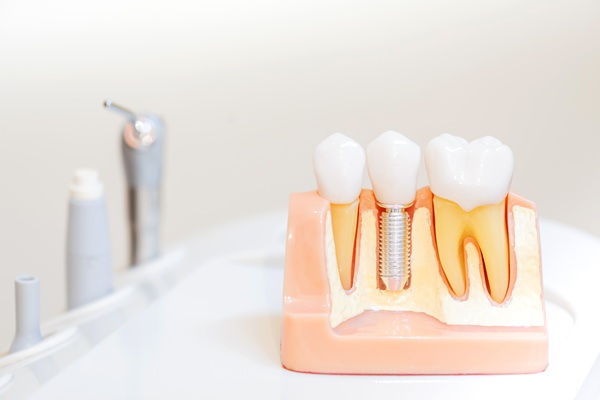Three Important Facts About Gum Grafting

Gum grafting is usually done to augment the gum tissue lost to gum recession caused by infection. Gum recession causes the gums to waste away gradually until the tooth roots are exposed. Since the gum tissues are not self-regenerative, gum graft surgery must be done to replace the lost tissues. Due to the pain associated with the procedure, patients often avoid treatment entirely.
Gum grafting strengthens and gum and protects the tooth from the effects of the recession. It also reduces teeth sensitivity and could give a smile a better appearance. This article will tell you three essential facts about gum grafting and how to make the procedure as hitch-free as possible.
Facts about gum grafting
The following are essential pieces of information to know about the gum graft procedure:
1. The procedure prevents tooth loss
After the gum tissue recedes, most people may be able to notice the color disparity between the tooth enamel and the roots. More importantly, the exposed roots of the tooth have nerve endings near the surface that reacts to extreme temperatures.
Root surfaces are not as strong as the enamel, which means that once they lose the protection of the gums, they stand at the risk of tooth decay. Unless the patient undergoes gum grafting, the recession will continue to worsen, potentially causing tooth loss. Before the gum graft procedure, the dentist will usually provide treatment for whatever infection or condition caused the recession.
2. The surgery procedure
A gum graft is a surgery recommended for patients with receding gums. The surgery entails removing soft tissues from the patient's palate and grafting it onto the part where the gums are missing. In some instances, the oral surgeon may use donor tissues. Gum recession in some patients is caused by improper brushing (too hard or infrequently). Sometimes, the dentist may be able to help the patient by advising them on proper brushing techniques.
Gum graft surgery is a safe and effective treatment that will remarkably improve the patient's oral health. Patients will be able to return home on the same day. But if sedatives were used, they will need to arrange for transportation.
The tissue healing typically takes about four to eight weeks. The type of gum graft done will determine the extent of pain felt after the surgery. If the tissue was taken from the patient's palate, they might be in discomfort for a few days. However, the dentist will recommend pain meds to deal with the pain.
For at least a week or two after the gum graft, patients must restrict themselves to a diet of soft, cold foods such as pasta, eggs, yogurt, ice cream, cottage cheese and thoroughly-cooked vegetables. Smoothies and soups will also be great for the first few days.
3. Potential complications of gum graft surgery
If the procedure was handled by a skilled and experienced dentist, the gum graft procedure is totally safe and the complications are minimal. Potential complications that could occur due to the procedure include severe swelling, infections, uneven healing and loose sutures.
Final note
If the idea of experiencing gum grafting pain is stopping you from undergoing the procedure, you can talk to your oral and facial surgeon about sedation options that may be suitable for you.
Request an appointment here: https://spectrumsurgical.net or call Facial Spectrum at (816) 524-4334 for an appointment in our Lee's Summit office.
Check out what others are saying about our services on Yelp: Read our Yelp reviews.
Recent Posts
Dental implants represent a durable and aesthetically pleasing solution for replacing missing teeth. Understanding the proper care for dental implants remains essential to ensure longevity and optimal function. Adhering to recommended practices significantly reduces the risk of complications, preserves oral health, and maintains the attractive appearance and comfort associated with implants. By implementing consistent maintenance…
The jawbone is the part of the face that holds many essential elements together, such as the teeth, ligaments, and muscles; however, bone grafting may sometimes be necessary if the jawbone is too weak to perform these tasks. A person’s jawbone can deteriorate over time, whether due to age, genetics, poor oral health, cancer, or…
Finding lasting relief from issues such as misalignment and facial asymmetry can involve specialized procedures. Fortunately, corrective jaw surgery is a reliable option for addressing these concerns. A dental specialist realigns the upper or lower jaw during this process to promote better function and comfort. Although the procedure can benefit health and appearance significantly, a…
Many individuals seek rhinoplasty to enhance facial harmony, improve nasal function, or correct structural abnormalities. As a surgical procedure that reshapes the nose, rhinoplasty can address aesthetic concerns as well as breathing difficulties caused by structural defects such as a deviated septum. Understanding the consultation process, surgical techniques, and what to expect from the recovery…


